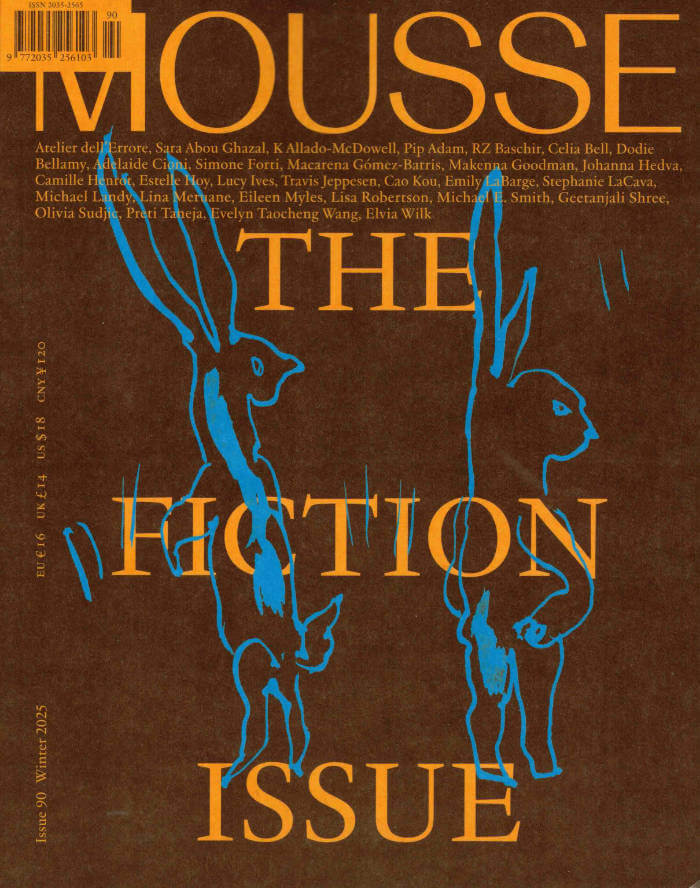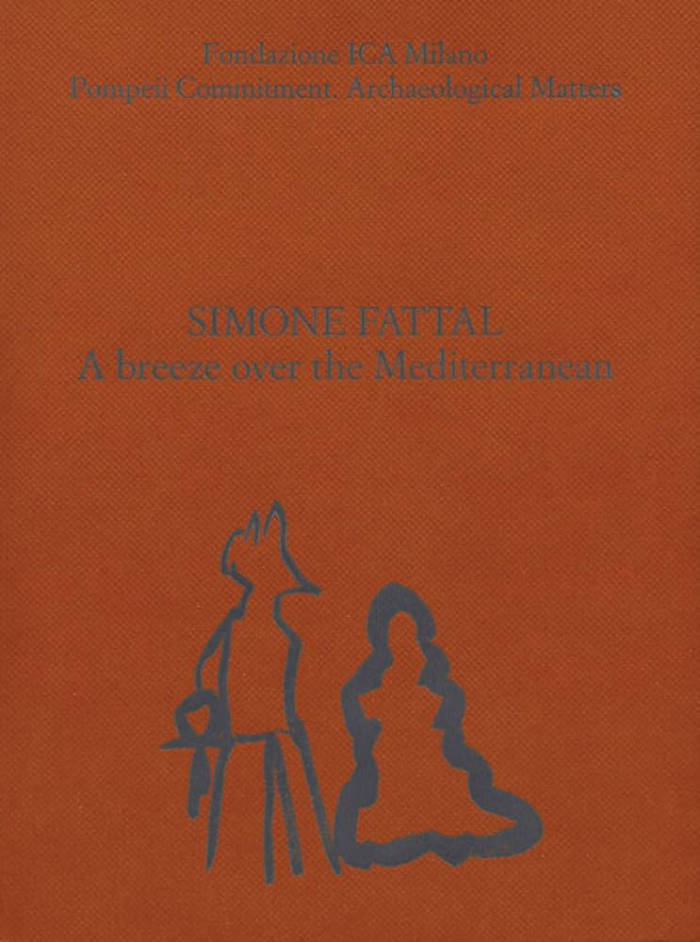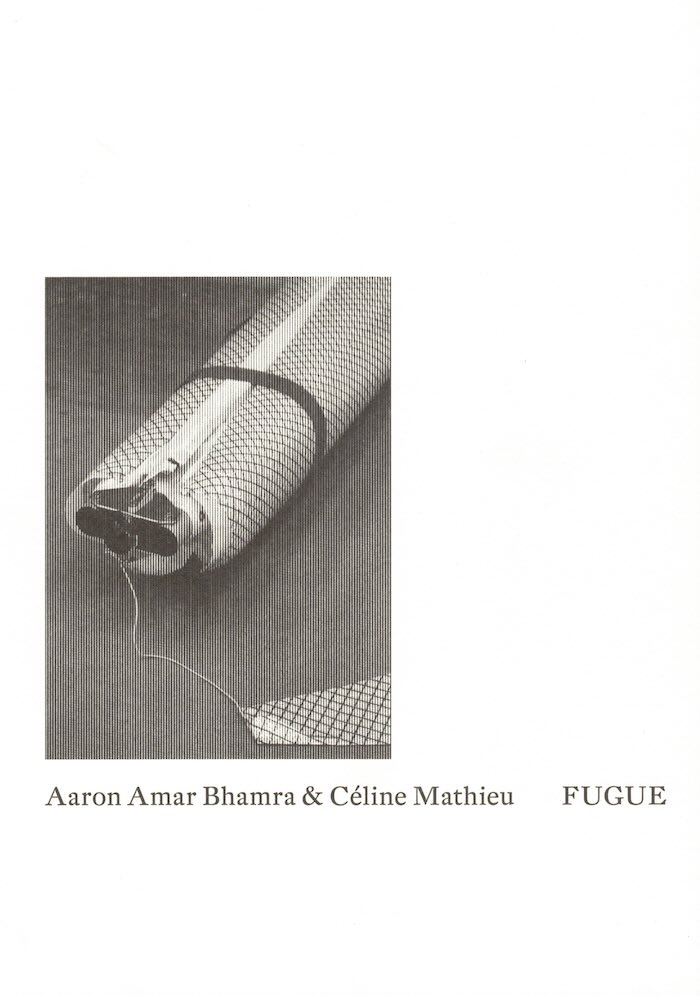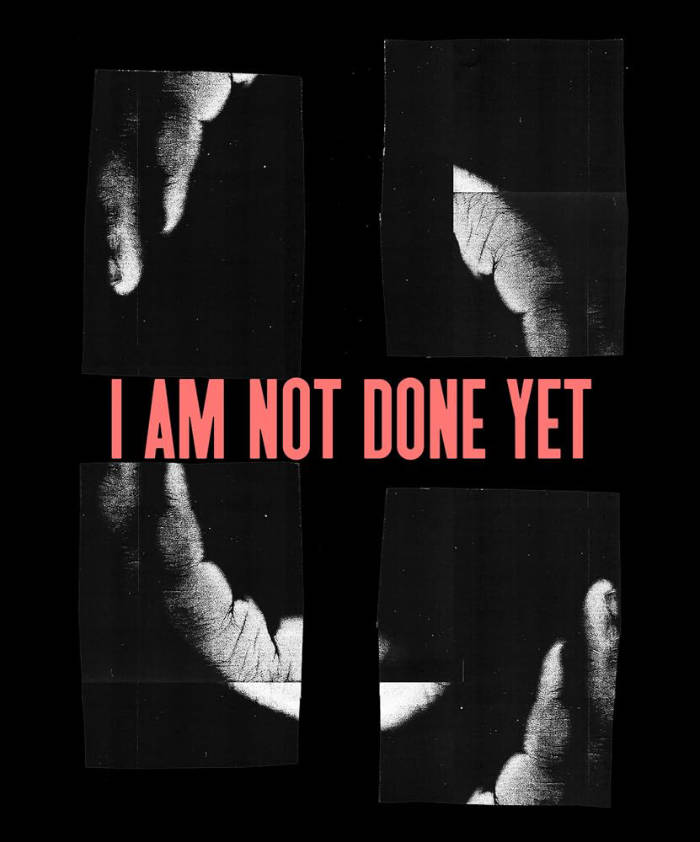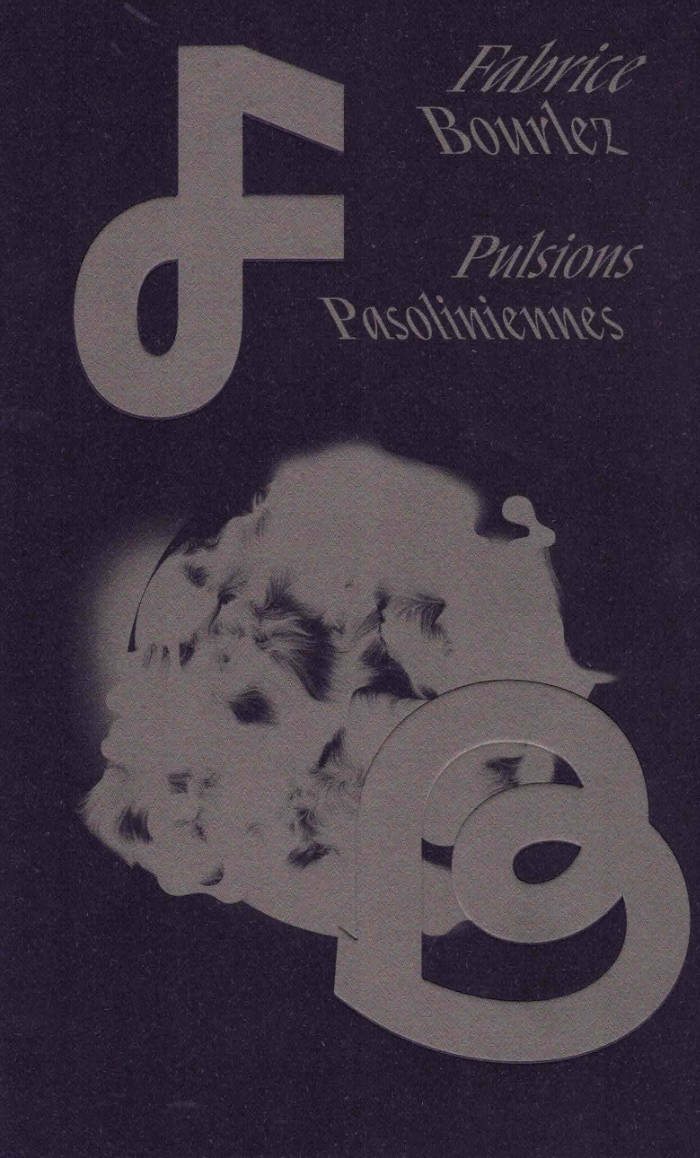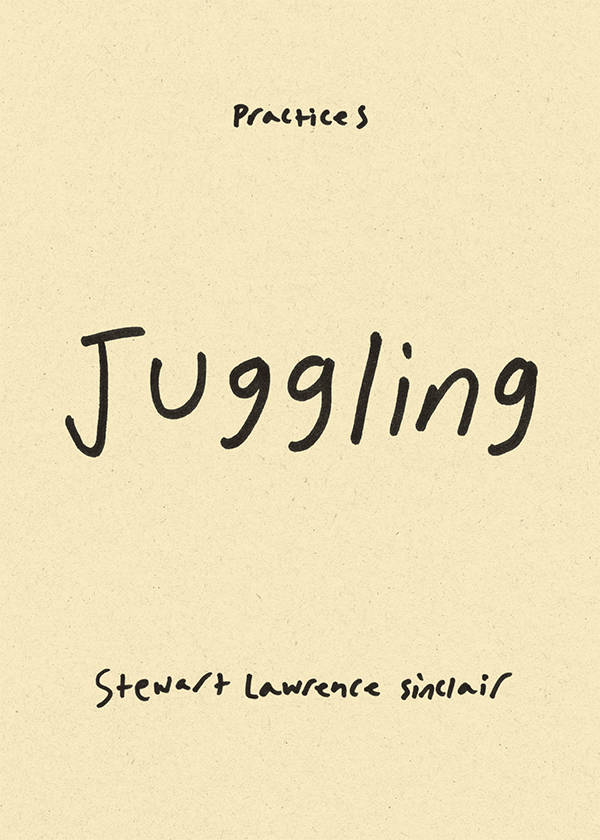
Islands of Kinship – A Collective Manual for Sustainable and Inclusive Art Institutions
Nikola Ludlová ed., Karina Kottová ed., Tereza Jindrová ed., Barbora Ciprová ed.
This comprehensive publication is the result of a two-year collaboration within the platform Islands of Kinship, which interconnects six mid-scale visual art institutions across diverse regions in Europe (Prague, Bratislava, Bitola/Skopje, Cologne, Helsinki, Riga). The project represents an innovative model of collaboration addressing issues of inclusion, kinship and togetherness, democratic exchange, and the ethics, emotions, and practical solutions needed for fair and sustainable institutional operations.
In this publication a unique group of curators, artists, and experts involved in their respective organizations as inclusion and sustainability coordinators reflect on social and environmental responsibility in artistic and institutional practice from theoretical, political, and practical perspectives. Through essays, mind maps, codes of conduct, and lists of principles and recommendations, they address issues such as accessibility, just representation, and participation. Apart from these contributions, the publication also features artistic projects that were presented in exhibitions and public programs in the framework of Islands of Kinship.
Texts by Ieva Astahovska, Jana Brsakoska, Veronika Čechová, Kris Dittel, Daniel Grúň, Michal Klodner, Eloïse Bonneviot & Anne de Boer, Jussi Koitela, Karina Kottová, Diana Lelonek, Nikola Ludlová, Aneta Rostkowska, Paulina Seyfried, Katarína Slezáková, Taka Taka, James Taylor-Foster, Fran Trento, Ivana Vaseva.
Language: English
